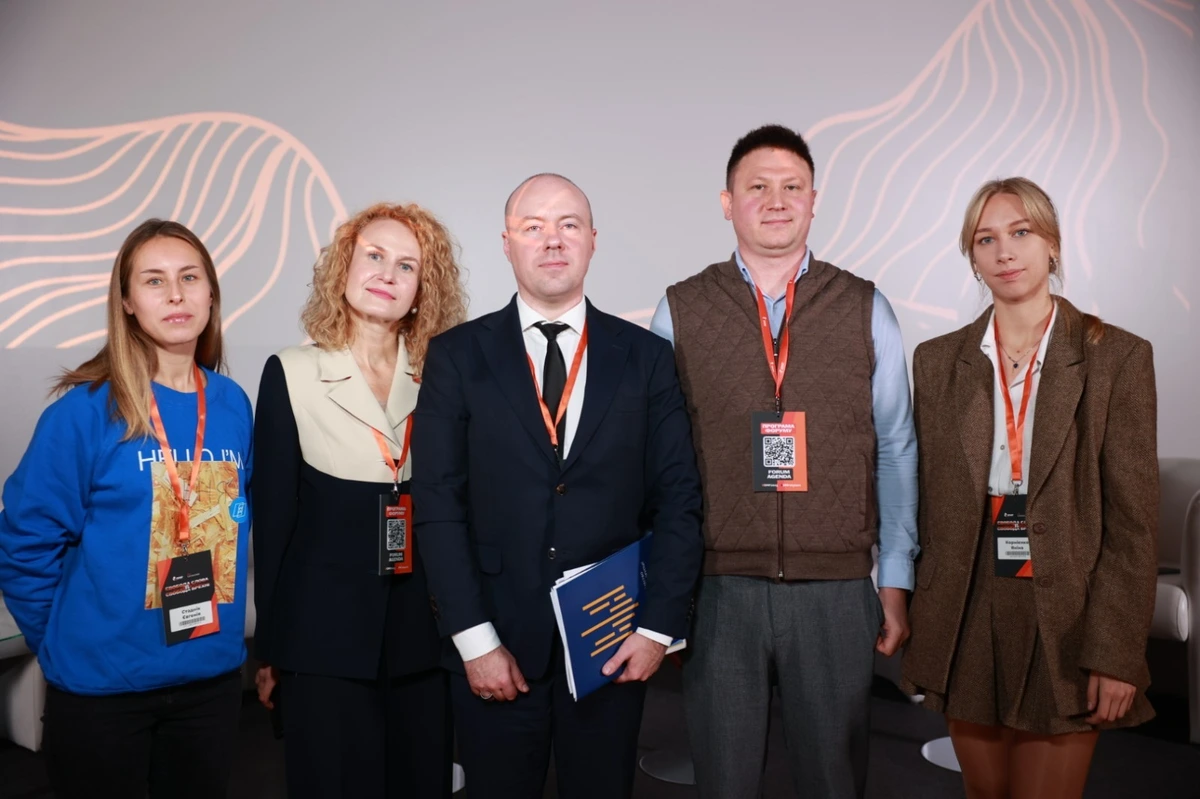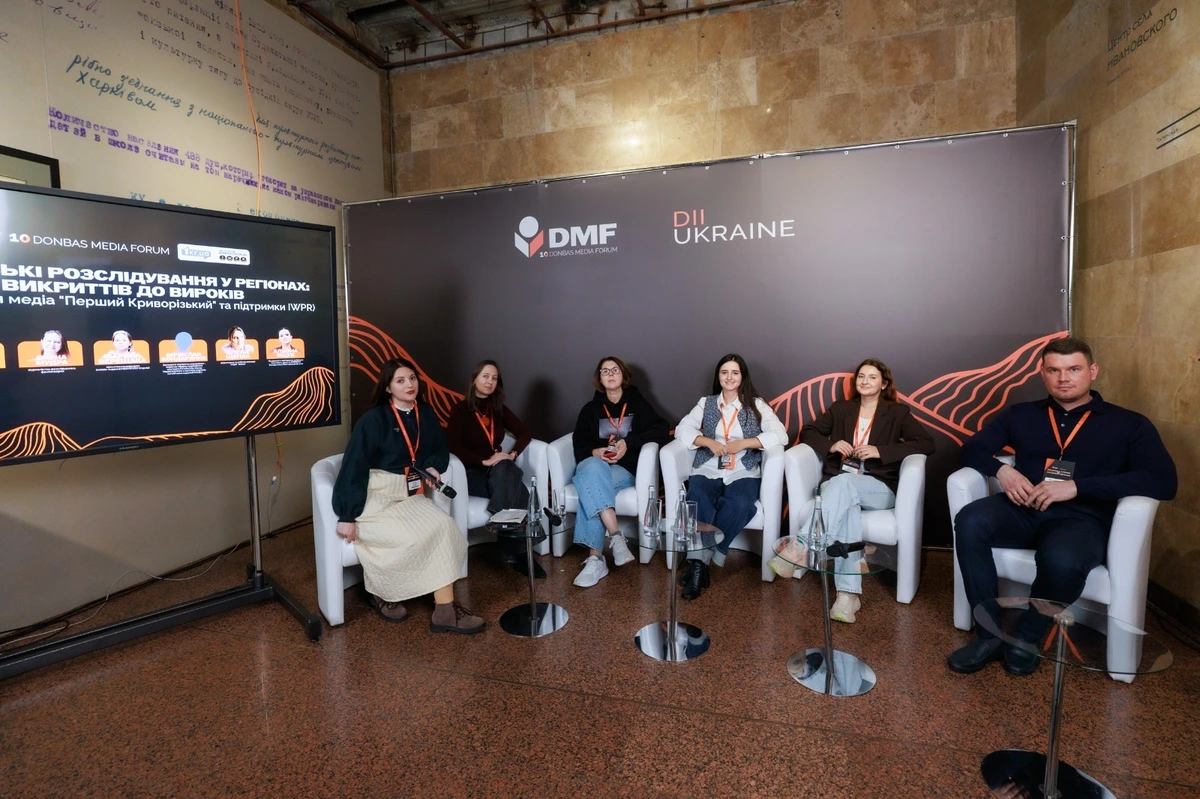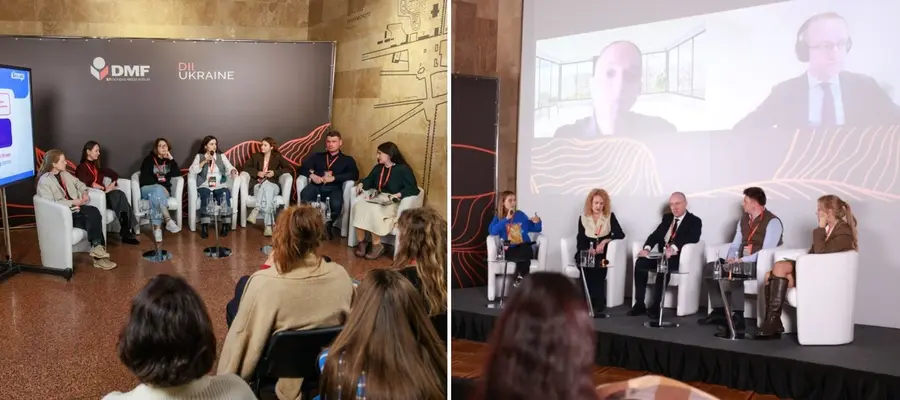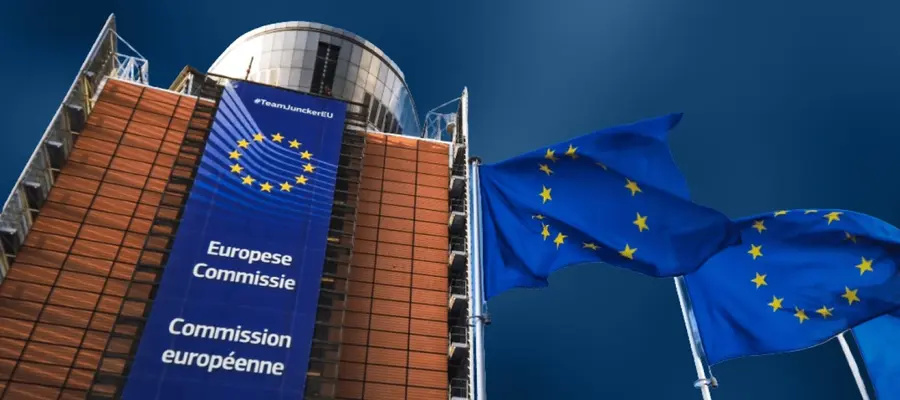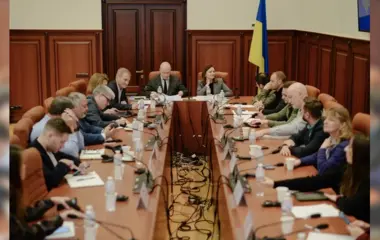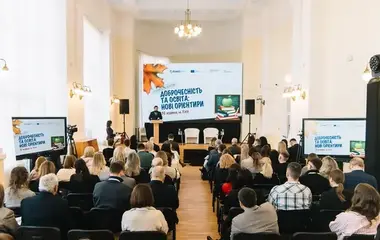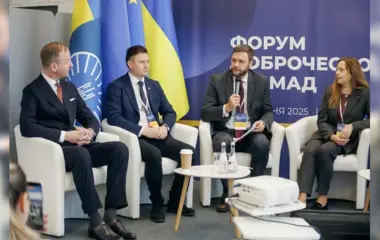On October 9–11, one of the largest media events – the Donbas Media Forum – took place in Kyiv. Representatives of the National Agency on Corruption Prevention (NACP) participated in two panels: “Ukraine’s Recovery: a test of maturity, transparency, and European Integration” and “investigative journalism in the regions: from exposures to verdicts”, and also presented the documentary “after the era of silence” about the establishment of the anti-corruption infrastructure.
During the panel “Ukraine’s Recovery: a test of maturity, transparency, and European Integration”, participants discussed ensuring transparency and accountability in the recovery process, the impact of anti-corruption efforts on Ukraine’s image, and the role of the media in recovery-related issues.
“According to research, corruption ranks second in importance after the war. Transparent legislation without loopholes, digitalization, public oversight, and the inevitability of punishment — all these together minimize corruption risks during reconstruction. Investors will come where transparent conditions exist. However, a framework law is needed to regulate all reconstruction processes and discrepancies — from terminology to control mechanisms,” noted NACP Deputy Head Serhii Hupiak. The discussion was organized jointly with the Recovery Window initiative.
According to him, the NACP conducts analysis of corruption risks in the reconstruction sphere. In particular, three studies have been prepared, and relevant recommendations have been provided to all interested authorities.
“Gaps in legislation exist at every stage of reconstruction. For example, at the stage of selecting an object, there are no unified criteria or methodology for selection. Different localities apply different approaches. This uncertainty creates room for manipulation. There are also opportunities for abuse in pricing, commissioning of objects, technical supervision, and selecting contractors, among others. A unified platform is also needed to collect all information about reconstruction projects — this would ensure transparency at every stage and increase the level of trust among citizens and international partners,” added Serhii Hupiak.
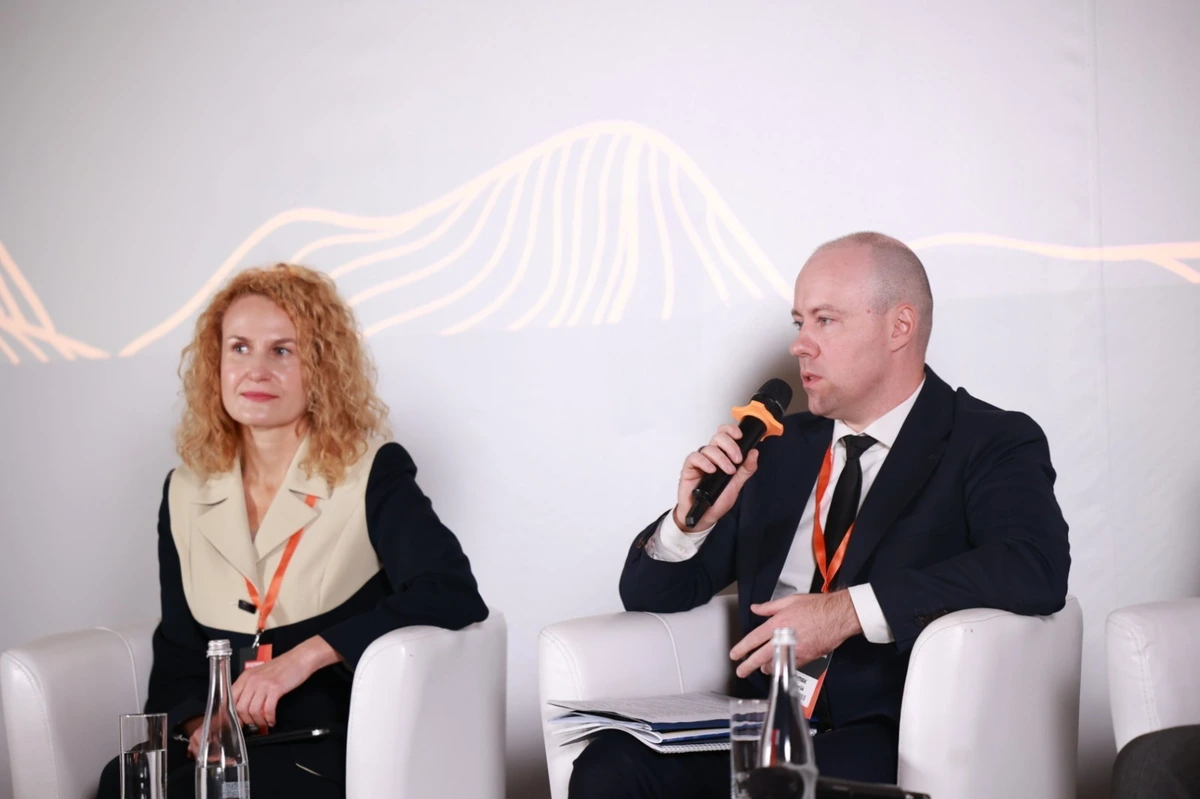
During the panel “investigative journalism in the regions: from exposures to verdicts”, participants discussed the importance of investigative journalism in the regions, the impact of journalists’ publications on solving community problems, monitoring of public procurements, cooperation between journalists and the NACP, and other related issues.
“Regional media and investigative journalists are NACP’s partners who help detect violations committed by local officials and respond to them. Media representatives help us see more — in fact, their investigative materials often become the basis for financial control measures,” said Viacheslav Bondarenko, Head of the NACP lifestyle monitoring department.
He also noted that in the first nine months of 2025, the NACP submitted 73 materials to law enforcement agencies, prepared as a result of lifestyle monitoring, with the total amount of identified unjustified assets exceeding 800 million UAH.
“To initiate lifestyle monitoring of a declarant, the difference between their standard of living, the property owned by them and their family members, and the declared income must exceed 750 subsistence minimums as of November 28, 2019 — the date the Law of Ukraine ‘On amendments to certain legislative acts of Ukraine regarding the confiscation of illegally acquired assets of persons authorized to perform the functions of the state or local self-government, and the penalty for acquiring such assets’ came into force. It is important to note that only property acquired after the law’s entry into force is taken into account. Grounds for conducting a full declaration check arise when there is factual data on the deliberate submission of false information about property or other declared items, if the amount of such discrepancies exceeds 150 subsistence minimums for able-bodied persons — more than UAH 400,000,” said Viacheslav Bondarenko.
According to him, nearly 60% of all decisions of the High Anti-Corruption Court regarding civil confiscation are based on NACP materials.

The discussion was held at the initiative of the online media outlet Pershyi Kryvorizkyi and supported by the Institute for War & Peace Reporting (IWPR).
During the forum’s film session, the documentary “After the Era of Silence” was also screened. The film was produced by hromadske in partnership with the NACP, with the support of the European Union Anti-Corruption Initiative in Ukraine (EUACI). The film was presented by Pavlo Buldovych, Head of the NACP Department for Coordination of State Anti-Corruption Information Policy, Yana Ryzak, Communications Expert at the EU Anti-Corruption Initiative (EUACI), and Oleksii Khoroshenkyi, Head of Production at hromadske and the film’s producer.
The film “After the Era of Silence” is a kind of journey through three decades — from the Soviet legacy to the creation of independent anti-corruption institutions — a story about a society that no longer remains silent and about people who challenged the system.
You can watch the video on Hromadske’s YouTube channel: https://www.youtube.com/watch?v=V6Foj5q3D0Q&t=866s
